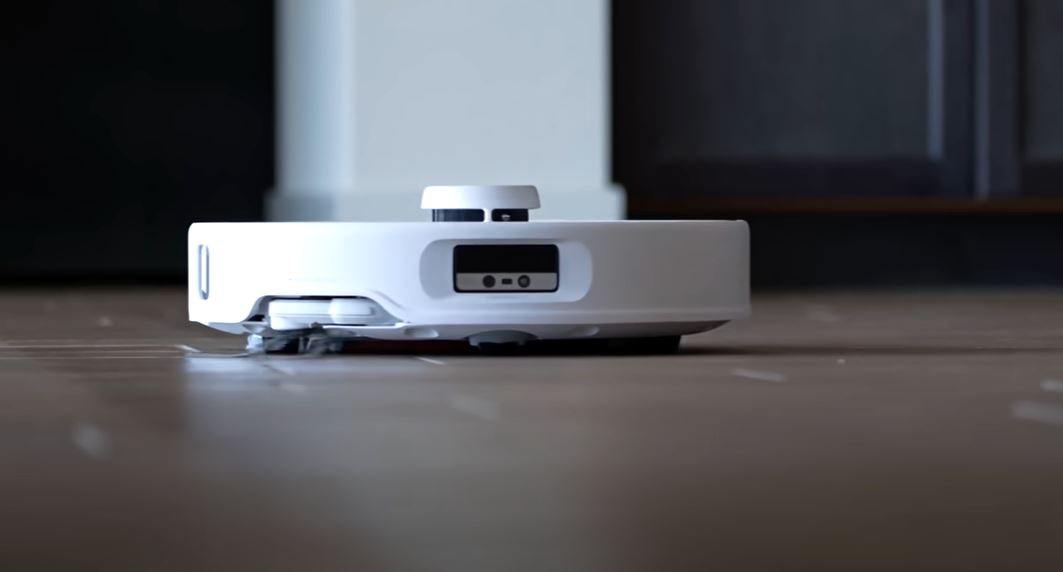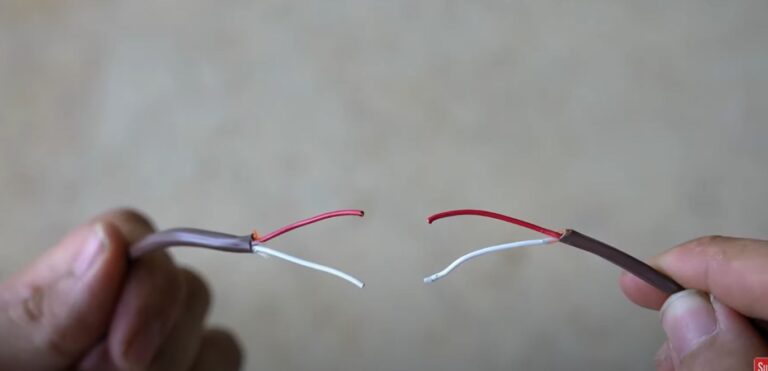When Will Smart Home Devices Become More Affordable?
In recent years, smart home devices have transformed the way we live, making homes more efficient, convenient, and secure.
From smart thermostats and lights to voice assistants and security cameras, the range of devices available today is vast. However, despite their many benefits, the cost of smart home technology can still be a barrier for many consumers.
In this article, we explore when and why smart home devices might become more affordable for the average household, examining key factors such as technology improvements, manufacturing processes, and market dynamics.
The Rise of Smart Home Devices
Smart home technology began as a niche market, primarily accessible to tech enthusiasts or those with disposable income. However, as the Internet of Things (IoT) continued to evolve, more devices were introduced, and the idea of a connected home became mainstream. Today, nearly every major tech company offers products that can turn a traditional home into a smart one.
Some of the most popular smart home devices include:
- Smart speakers (e.g., Amazon Echo, Google Home)
- Smart thermostats (e.g., Nest, Ecobee)
- Smart lighting (e.g., Philips Hue, LIFX)
- Smart security cameras (e.g., Ring, Arlo)
- Smart locks (e.g., August, Schlage)
- Smart plugs (e.g., TP-Link Kasa, Wemo)
As the market expands, it’s evident that consumers are increasingly interested in integrating smart devices into their homes. According to various market research reports, the global smart home market is projected to grow at a significant pace over the next few years. But, while the adoption rate is high, one significant issue remains: the price.
Factors Affecting the Cost of Smart Home Devices
Several factors contribute to the high price of smart home devices today. To understand when these devices might become more affordable, we must first examine the elements driving their cost.
1. Technology and Innovation
One of the main reasons smart home devices are expensive is the advanced technology they incorporate. These devices rely on sensors, wireless communication (Wi-Fi, Bluetooth, Zigbee, etc.), machine learning, and artificial intelligence to offer seamless functionality. As technology advances, the cost of these components will gradually decrease.
For example, early versions of smart thermostats and smart lights were equipped with advanced sensors that were expensive to produce. However, as the technology matured, the cost of manufacturing these sensors dropped, allowing for more affordable models to enter the market. This trend is expected to continue, leading to cheaper smart devices as newer generations of products incorporate more cost-effective technology.
2. Manufacturing and Supply Chain Costs
Manufacturing smart home devices requires sophisticated processes and high-quality components. The costs involved in designing and producing these devices remain high due to the complexity of their components. Companies often have to invest in expensive research and development (R&D) before launching products that are market-ready.
Additionally, supply chain issues, such as shortages of semiconductor chips and other components, have driven up the price of electronics, including smart home devices. However, as supply chain issues ease and more manufacturers enter the market, prices are likely to stabilize.
3. Branding and Marketing
Established brands such as Amazon, Google, and Apple dominate the smart home market, often commanding a premium for their products due to brand recognition and consumer trust. These companies also spend large amounts on marketing, which can increase the price of the product. Newer or less well-known brands often offer similar products at lower prices, but they may not yet have the same consumer confidence as the industry giants.
As competition in the market increases, however, prices may begin to drop. Smaller companies are already offering budget-friendly alternatives, and as they innovate, they could drive down the overall market price.
4. Consumer Demand
Consumers’ demand for smart home devices plays a critical role in setting prices. As demand for smart homes continues to grow, manufacturers are incentivized to produce more devices, which, in turn, can lead to economies of scale. The larger the production run, the lower the cost per unit, which could eventually lead to price reductions.
At the same time, the demand for high-end devices with advanced features (such as facial recognition, AI-powered automation, and 4K video streaming) continues to push prices upward. As the market for these premium devices grows, prices may continue to remain high for cutting-edge features, while more basic devices may see price reductions.
5. Integration and Compatibility
Another factor driving the cost of smart home devices is their ability to integrate with other devices. Devices that work seamlessly together, often through a central hub or voice assistant, add complexity to their design. This can increase the cost of production, as manufacturers must ensure compatibility between different devices and systems.
As platforms like Amazon Alexa, Google Assistant, and Apple HomeKit become more standardized, manufacturers may be able to reduce the complexity of integration, leading to cheaper smart home products. Furthermore, more open-source platforms and third-party integrations may drive down the cost of devices that work across various systems.
How the Future Will Impact Smart Home Affordability
While the above factors currently contribute to the higher prices of smart home devices, several key trends suggest that devices will become more affordable over time.
1. Advancements in Technology
Technological advancements are one of the most significant factors that will drive down the cost of smart home devices. As artificial intelligence, machine learning, and automation technologies become more mainstream, companies will be able to create smarter devices that are also cheaper to produce. For example, as AI becomes more efficient, the cost of processing and analyzing data may drop, making it easier for manufacturers to include these features in low-cost models.
Moreover, new innovations in materials, like the development of cheaper sensors and more efficient chips, will help bring the cost of smart devices down. The progress of 5G technology is also expected to improve device connectivity and increase the performance of low-cost devices, making them more affordable.
2. Mass Production and Economies of Scale
As the demand for smart home devices grows, companies will ramp up production to meet consumer needs. Mass production will drive down manufacturing costs due to economies of scale, where producing larger quantities of a product reduces the cost per unit.
Furthermore, as more companies enter the market and compete for market share, the increased competition will likely result in lower prices. While the large tech companies may continue to sell premium devices, smaller companies may be able to offer budget-friendly options that still offer great functionality.
3. More Affordable, Basic Models
The future of smart home affordability may see the rise of simpler, more affordable models for consumers who want smart features without paying for the latest and greatest technology. Companies like Wyze, Xiaomi, and Eufy are already offering low-cost smart home devices with the essential features needed for a connected home. In the future, we might see even more of these budget-friendly options.
For example, smart plugs, light bulbs, and thermostats are becoming increasingly affordable, and new models with basic features will continue to emerge at lower price points. These simple models will serve as an entry point for consumers, with the option to upgrade to more advanced models over time as the technology becomes more affordable.
4. Government Incentives and Subsidies
In some countries, governments are already offering incentives or subsidies for consumers who purchase energy-efficient or environmentally friendly smart home devices. These incentives are designed to encourage consumers to adopt green technologies and reduce energy consumption. Over time, such programs could become more widespread, helping to reduce the overall cost of smart home devices.
5. Increasing Consumer Awareness
As more people become aware of the benefits of smart home devices, the market will grow, leading to increased competition and better pricing. With more companies entering the market, it’s likely that new players will bring affordable alternatives to the market.
Conclusion
While smart home devices remain somewhat expensive, several factors suggest that their affordability will improve over time. Technological advancements, mass production, and increased market competition will all play a role in driving down prices. In the near future, we can expect to see more affordable smart home devices that cater to a broader range of consumers, making the dream of a smart home more accessible to all.
Though the timeline for widespread affordability is still uncertain, the trajectory points toward a future where more people can enjoy the benefits of a connected home without breaking the bank.






